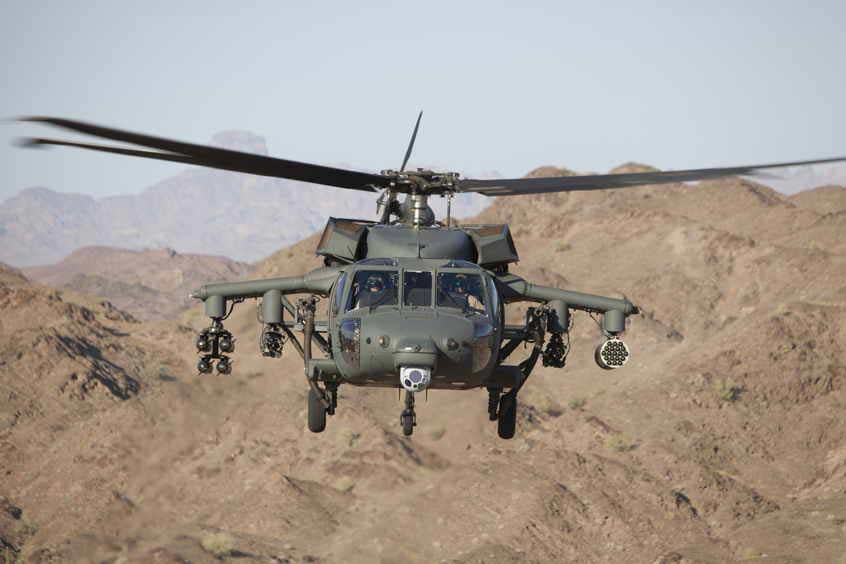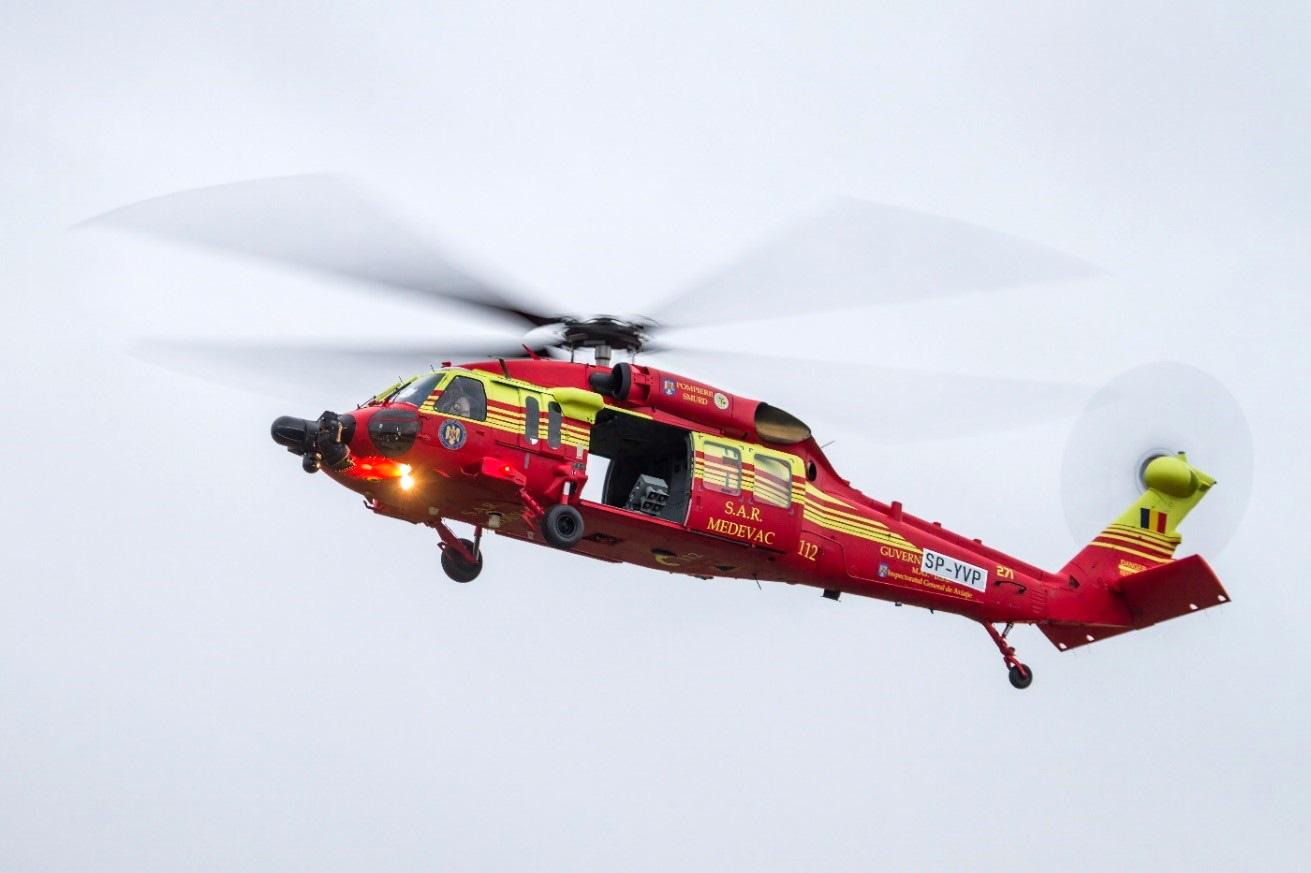Rotary-Wing Airplane Offering Superior Sturdiness and Precision Design
In the world of air travel, rotary-wing aircraft have long been recognized for their one-of-a-kind capacities in numerous operational environments. As we explore the complex equilibrium between innovation and reliability in rotary-wing airplane, it ends up being apparent that the merging of sophisticated innovation and proven layout concepts has established a new standard for efficiency and effectiveness in the aerospace industry.
Development of Rotary-Wing Technology
Throughout the background of air travel, the evolution of rotary-wing modern technology has been a testimony to regular development and innovation in aeronautical design. From the early days of upright flight with primary styles to the innovative helicopters and other rotary-wing airplane of today, the progression in this area has been remarkable.
In the early 1900s, leaders like Igor Sikorsky and Juan de la Cierva made significant strides in rotary-wing modern technology. Sikorsky's VS-300 helicopter, first flown in 1939, noted a turning point in the growth of useful rotary-wing airplane. This success paved the method for more advancements in vertical flight capacities.

Today, rotary-wing airplane play important roles in numerous fields, including military procedures, emergency medical services, police, and commercial transportation. The development of rotary-wing innovation continues to push the boundaries of what is possible in vertical flight, guaranteeing that these aircraft remain important possessions in the air travel industry.
Materials and Construction Innovations
Showing a blend of sophisticated products and exact building methods, rotary-wing aircraft have undertaken substantial improvements in toughness and performance. One of the key technologies in products utilized for rotary-wing airplane is the raising use of composite materials. These materials, such as carbon fiber enhanced polymers, use a high strength-to-weight ratio, boosting both the architectural integrity and total efficiency of the aircraft. In addition, improvements in manufacturing procedures have permitted even more elaborate and precise construction of rotary-wing parts, adding to boosted aerodynamics and performance.
In addition, the assimilation of sophisticated layers and surface treatments has actually played an essential duty in boosting the sturdiness of rotary-wing airplane. These coatings supply defense against rust, abrasion, and severe climate problems, prolonging the life-span of the airplane and reducing maintenance demands.
In regards to building and construction developments, additive manufacturing, likewise referred to as 3D printing, has actually revolutionized the production of complicated elements for rotary-wing airplane. This modern technology permits rapid prototyping and customization, resulting in quicker advancement cycles and lowered prices. On the whole, the continuous evolution of materials and construction techniques is driving the capabilities and performance of rotary-wing aircraft to new heights.
Accuracy Trip Control Equipment

The assimilation of GPS innovation further boosts the accuracy and dependability of these systems, permitting for exact navigation, waypoint tracking, and automated trip control. sikorsky s 70. This level of accuracy not only improves the safety of rotary-wing procedures but likewise boosts general functional efficiency and goal effectiveness
Additionally, the continuous improvements in expert system and artificial intelligence have actually helped with the growth of autonomous flight capacities within Precision Flight Control Solution. This makes it possible for rotary-wing aircraft to do intricate missions with linked here unequaled accuracy and consistency, making them vital properties in a broad variety of applications, consisting of army operations, search and rescue objectives, and aerial photography.
Toughness in Testing Environments
In demanding operational setups, rotary-wing airplane show exceptional durability and toughness, making sure optimum efficiency under tough environmental conditions. These aircraft are designed to endure a vast array of ecological variables, consisting of severe temperature levels, high winds, and harsh surface, making them fit for numerous goals in varied landscapes.
One vital variable adding to the longevity of rotary-wing airplane is their sturdy building and construction. These airplanes are developed utilizing top notch products and advanced engineering techniques to enhance their architectural honesty and integrity. Furthermore, elements such as rotor blades, engine systems, and landing equipment are meticulously made to hold up against the stress and tensions experienced throughout procedures in difficult environments.
Furthermore, rotary-wing airplane are furnished with advanced onboard systems that keep an eye on efficiency metrics in real-time, enabling for positive maintenance and very early detection of potential concerns - sikorsky s 70. This positive approach aids stop unexpected failings and guarantees the continued airworthiness of the airplane in demanding functional settings. On the whole, the toughness of rotary-wing aircraft in tough atmospheres is a testimony to their remarkable engineering and style, making them essential properties for different mission-critical procedures
Maintenance and Integrity Criteria
The adherence to rigorous maintenance and integrity requirements is extremely important in making sure the optimum performance and safety and security of click for info rotary-wing aircraft. Routine upkeep checks, carried out by qualified specialists, are crucial to identify and deal with any kind of potential issues prior to they endanger the airplane's capability. These checks incorporate a detailed evaluation of all critical elements, including the engine, blades system, avionics, and hydraulic systems, to guarantee that they remain in prime functioning condition.
Furthermore, adherence to arranged upkeep periods according to maker standards is crucial for supporting the airplane's integrity. This aggressive method assists protect against unexpected breakdowns and guarantees that the airplane stays airworthy for its desired goals. In addition, the implementation of durable integrity standards, such as routine component testing and replacement based upon predetermined lifecycles, even more improves the aircraft's reliability.
Final Thought

To conclude, the improvements in rotary-wing airplane innovation have resulted in exceptional sturdiness and precision engineering. With innovative products and construction strategies, in addition to accuracy flight control systems, these aircraft can operate in tough settings with raised integrity. The maintenance and reliability standards make certain that these rotary-wing airplane proceed to do at their best, making them essential properties for numerous sectors.
Demonstrating a fusion of cutting-edge products and accurate building and construction methods, rotary-wing aircraft have actually gone through significant developments in durability and efficiency. One of the crucial innovations in products utilized for rotary-wing airplane is the boosting usage of composite products.With precise attention to information and advanced technical integration, rotary-wing airplane have accepted Precision Trip Control Systems as a foundation of their operational quality. Overall, the longevity of rotary-wing aircraft in tough environments is a testimony to their superior design and layout, making them important assets for different mission-critical procedures.
In conclusion, the improvements in rotary-wing aircraft innovation have actually led to superior toughness and precision engineering.
Comments on “Leading Attributes and Advantages of the Sikorsky S 70 Helicopter”